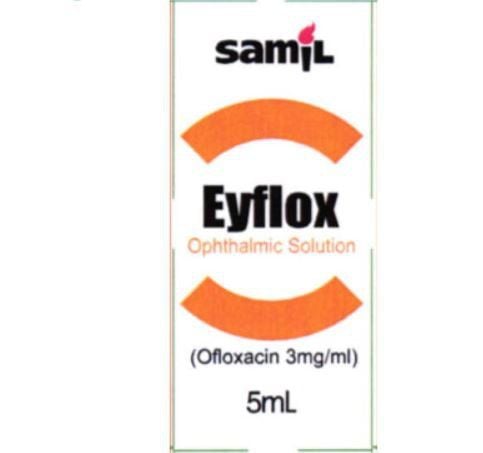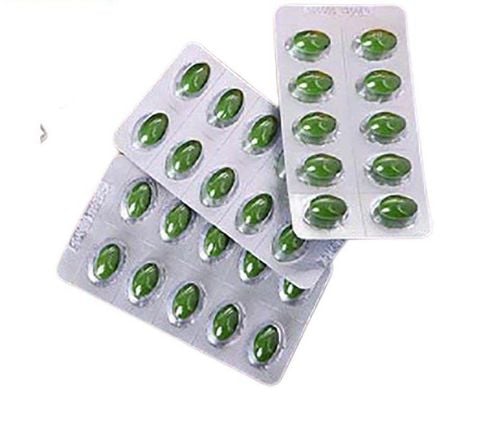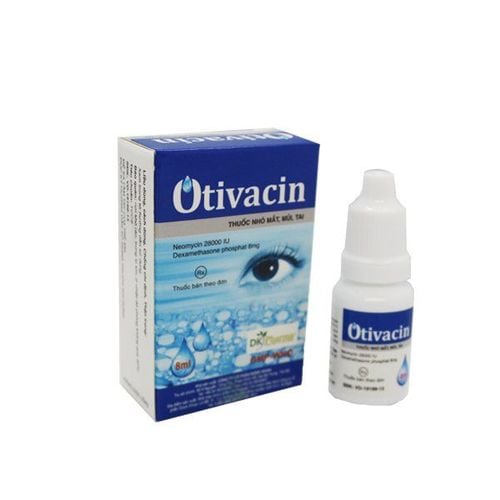This is an automatically translated article.
The article is professionally consulted by Master, Specialist Doctor I Nguyen Thi Thanh Binh - Rehabilitation Doctor - Department of General Surgery - Vinmec Da Nang International General Hospital. The doctor has 30 years of experience in the specialty of Rehabilitation.Visual disability, reduced vision function greatly affects the patient's life, study and work. With appropriate exercise and rehabilitation, patients can lead a life similar to that of a normal healthy person.
1. Overview of visual disability/reduced vision
1.1 What is a visual disability? Visual disability / reduced vision is a condition in which a person cannot see clearly, has difficulty or cannot recognize things normally as those around him (due to the influence of eye diseases or complications).Degrees of visual impairment/reduced vision:
Seeing only near objects, not seeing distant objects (or conversely, seeing only distant objects, not seeing near objects) ; Blurry vision, blurred vision, double image, color change; Can only see large objects, not small objects; Can perceive day - night but cannot see clearly the shape of objects; Can't see anything at all. 1.2 Causes of visual defects Congenital: Genetic inheritance, the mother has influenza during pregnancy or has an accident that causes trauma to the fetus, the mother is infected with Rubella during pregnancy, has a poor diet, and the mother or father is infected. toxic chemicals; During delivery: Bacterial infection, breech birth, difficult birth, forceps (obstetric forceps) to support birth, asphyxia at birth; Pathology: Vitamin A deficiency, measles, gonorrhea, Chlamydia infection, eye pain, traffic accident, work accident, cataract, glaucoma, blurred vision, diabetic retinopathy, aging, macular degeneration, other eye diseases...

Eyes look blurry, cloudy, wrinkled, painful; Red, pus-filled eyes and eyelids, frequent tears; 1 or both pupils are gray or white; 3-month-old children do not look at toys or objects when passed by their face, do not reach out with their hands, unless the toy makes a sound or comes into contact with the child; Eye strabismus or strabismus, the two eyes do not move in the same direction; Children are slow to use their hands, feet, and walk compared to other children. Children often bump into furniture; Children are not interested in pictures and toys with colors; At school, children can't read the words on the board or can't read the words in books, get tired, have headaches when reading books; Difficulty seeing in the dark; There may be other forms of disability such as cerebral palsy or mental retardation; Can't see far or near objects, can't see people around, can't work or participate in normal activities. 1.4 Consequences of visual disability Common problems in patients with visual impairment/reduced vision include:
Difficulty in moving, spatial orientation, position if going far away from familiar surroundings; Difficulty in living with normal activities such as eating, bathing,...; Difficulty in socializing, communicating with people around; Low self-esteem, guilt, no income,...
2. Rehabilitation for people with visual disabilities

2.1 Take the patient to see an ophthalmologist, neurologist When the patient is affected affecting vision, family members should immediately take the patient to an ophthalmologist or neurologist to determine the cause, take timely treatment measures, and avoid the risk of blindness.
If the causes of vision loss are detected, such as: conjunctivitis, trachoma, iritis, ... then medical treatment can be done. With other causes such as strabismus, drooping eyelids, cataracts, head inflammation, foreign objects causing eye damage, ... need to be treated with surgical methods.
Patients with refractive errors also need to be examined and measured with eyeglasses to prevent the risk of more severe disease, which directly affects the patient's life later.
2.2 Instruct the patient on how to orient and move When the child can crawl, parents should put toys in the corners of the room, encouraging the child to crawl to explore the surrounding environment; When children learn to walk, it is necessary to ensure that all objects in the house are safe, the corners of tables and chairs are rounded so as not to injure children, helping children to be more confident when moving; Encourage children to play on their own, discover what they like, but pay attention to observe and protect children; Teach adults with visual disabilities to get out of the house, directing them to the destinations they want. Can hold hands, let them touch landmarks on the road or count steps. Should go for a short distance, then when the patient is familiar with the way, gradually increase the distance.

If you are experiencing vision problems, go to a medical facility immediately to be examined and treated by doctors as soon as possible. Currently, Vinmec International General Hospital has vision-related service packages such as:
Refractive error screening package Cataract surgery consultation and examination package Ortho-K package
Please dial HOTLINE for more information or register for an appointment HERE. Download MyVinmec app to make appointments faster and to manage your bookings easily.














